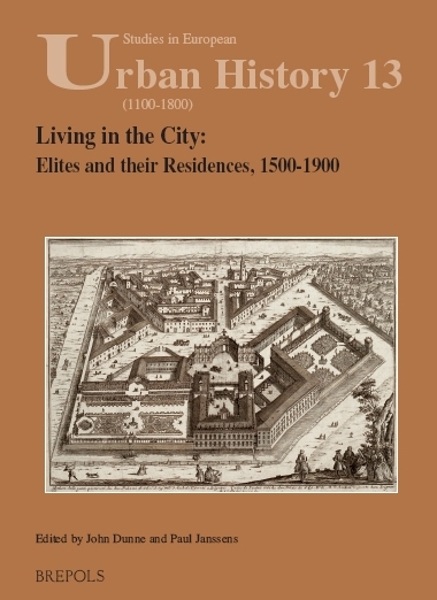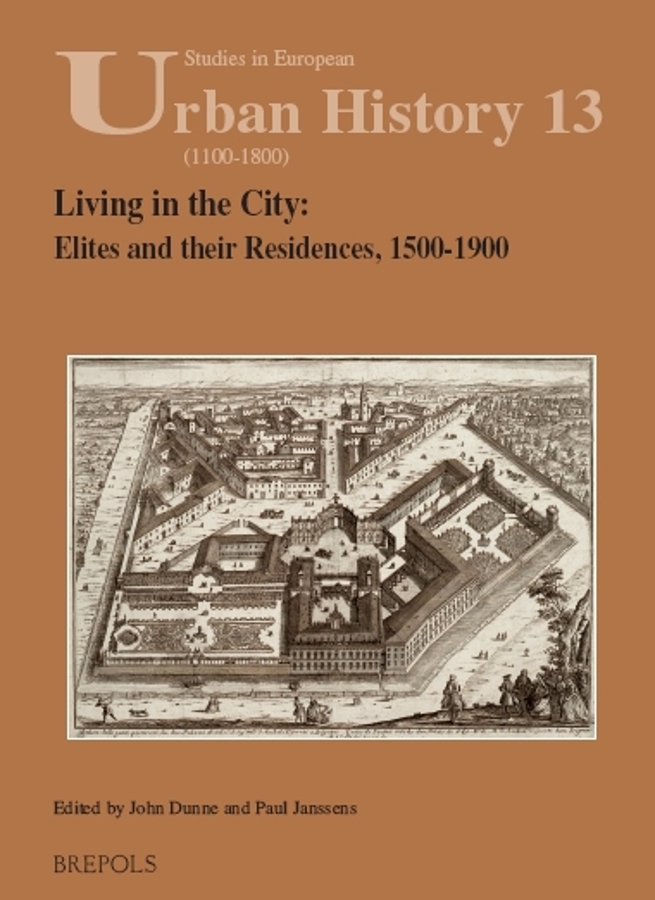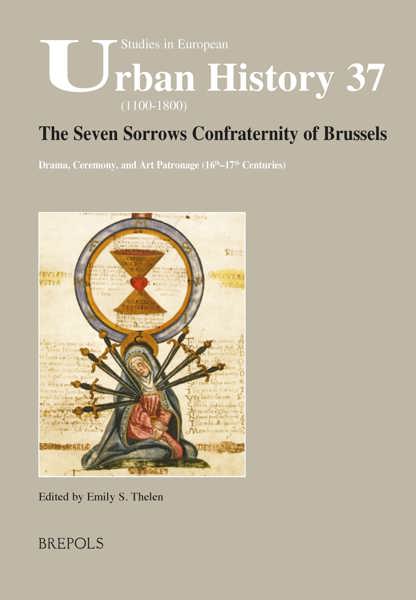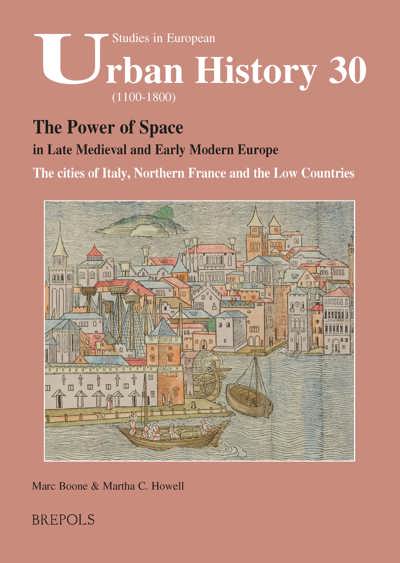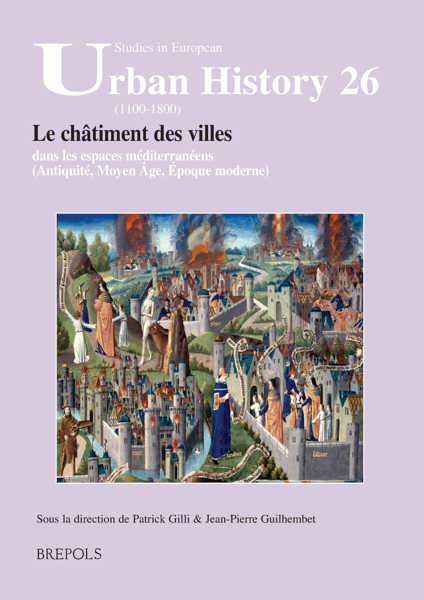
Living in the City: Elites and their Residences, 1500-1900
Paul Janssens, John Dunne (eds)
- Pages: 255 p.
- Size:180 x 250 mm
- Language(s):French, English
- Publication Year:2008
- € 35,00 EXCL. VAT RETAIL PRICE
- ISBN: 978-2-503-52026-1
- Paperback
- Available
- € 35,00 EXCL. VAT RETAIL PRICE
- ISBN: 978-2-503-55938-4
- E-book
- Available
Recently a number of historians have begun to explore the residential choices made by elites in the urban context, both as an important constituent of lifestyle and as a marker of elite identity and difference. However, whereas these studies have tended to focus on one particular elite group, a single place or one type of urban residence - such as aristocratic hotels - the current volume is original in exploring the patterns and logic of residential choices made by different elite groups in a variety of urban settings, in Britain, France and Italy, from the sixteenth to the nineteenth century.
Each of the book’s nine substantive chapters is written in either English or French (with an abstract in the other language) by a leading specialist either on elites or in the field of urban history. The volume arises out of two meetings of the specialists concerned, which gives it a degree of coherence rarely achieved in collections of this sort. A substantial essay by the editors points to similarities and contrasts between the specific cases and identifies key issues requiring further research.
John Dunne is Director of Research in Humanities at the University of Greenwich. His research interests include French elites c.1780-1820 and Napoleonic government.
Paul Janssens is Professor of Early Modern History in Brussels and chairman of the Belgian 'Conseil de Noblesse'. He has written extensively on the history of the Belgian nobility.
